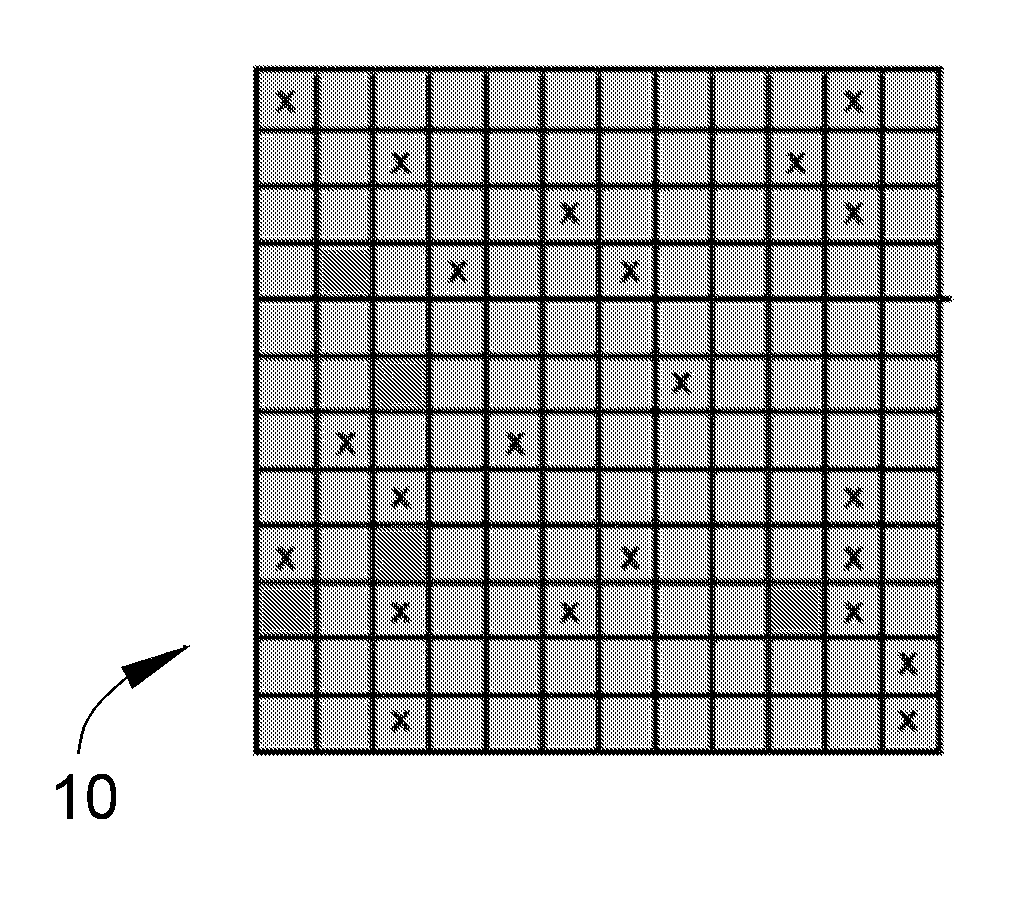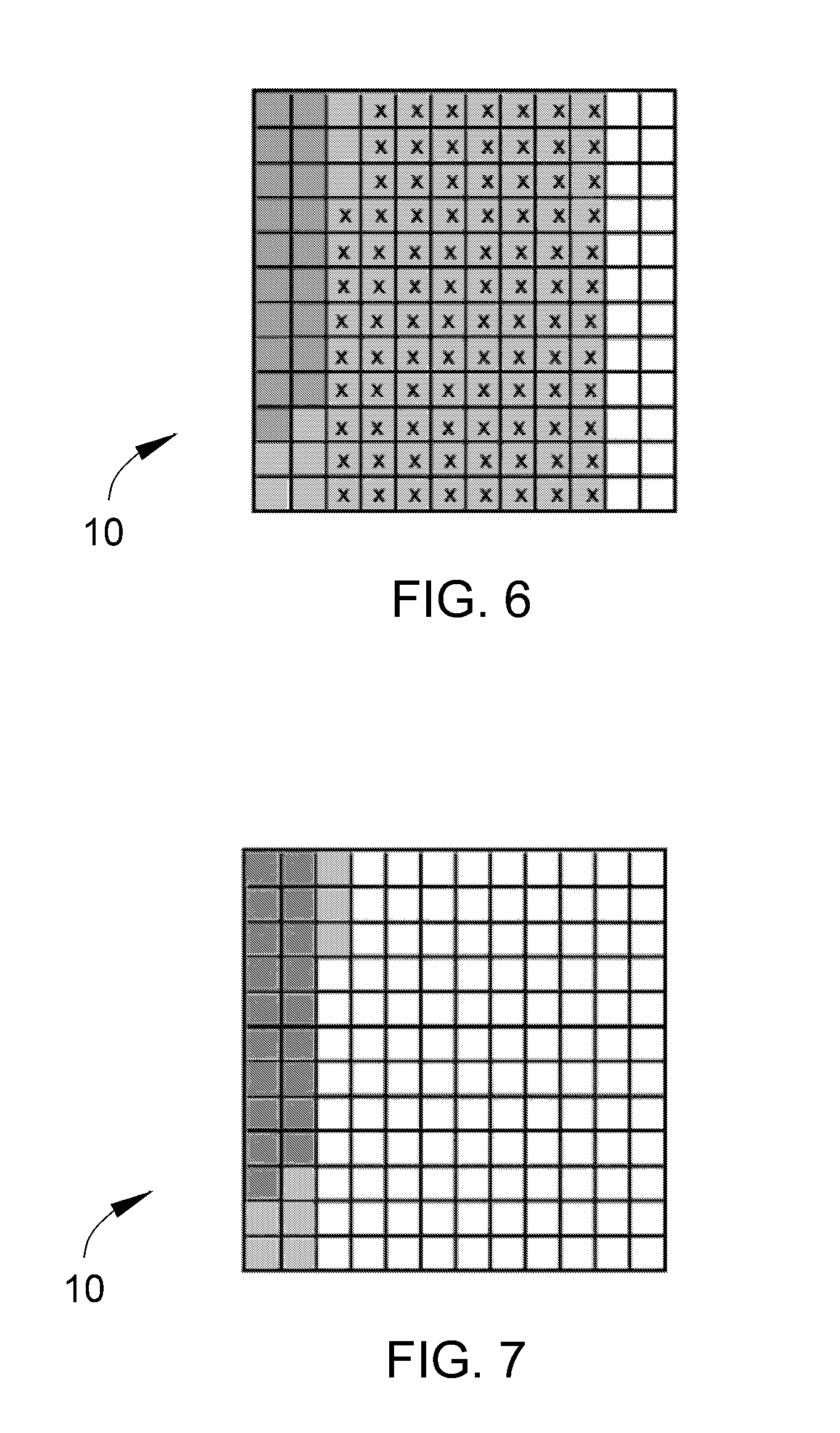Method for restoring and maintaining solid-state drive performance
a solid-state drive and performance-preserving technology, applied in the field of memory devices, can solve the problems of only injecting electrons into the floating gate, unidirectional charging (programming) of the floating gate, and not allowing isolation of individual cells or even pages
- Summary
- Abstract
- Description
- Claims
- Application Information
AI Technical Summary
Benefits of technology
Problems solved by technology
Method used
Image
Examples
Embodiment Construction
Mass storage devices of interest to the invention are non-volatile memory-based mass storage devices, referred to herein as solid-state drives (SSDs) as a result their use of solid-state memory components (chips), a particular example of which is a NAND flash memory component. As previously noted, NAND flash memory components allow data to be stored, retrieved and erased on a block-by-block basis, with each block (sector) being a predetermined section of the component and containing multiple pages, each of which in turn comprises multiple flash cells. Memory blocks of such a drive 10 are schematically represented in FIGS. 1 through 7, and will serve to explain the effects of steps performed according to a preferred embodiment of the invention. These blocks are identified by a key associated with FIG. 1 as “free blocks”12, or “fully-used blocks”14, or “partially-used blocks”16, or “invalid-data blocks”18, which reflects the amount or type of data contained by these blocks as will be ...
PUM
 Login to View More
Login to View More Abstract
Description
Claims
Application Information
 Login to View More
Login to View More - R&D
- Intellectual Property
- Life Sciences
- Materials
- Tech Scout
- Unparalleled Data Quality
- Higher Quality Content
- 60% Fewer Hallucinations
Browse by: Latest US Patents, China's latest patents, Technical Efficacy Thesaurus, Application Domain, Technology Topic, Popular Technical Reports.
© 2025 PatSnap. All rights reserved.Legal|Privacy policy|Modern Slavery Act Transparency Statement|Sitemap|About US| Contact US: help@patsnap.com



